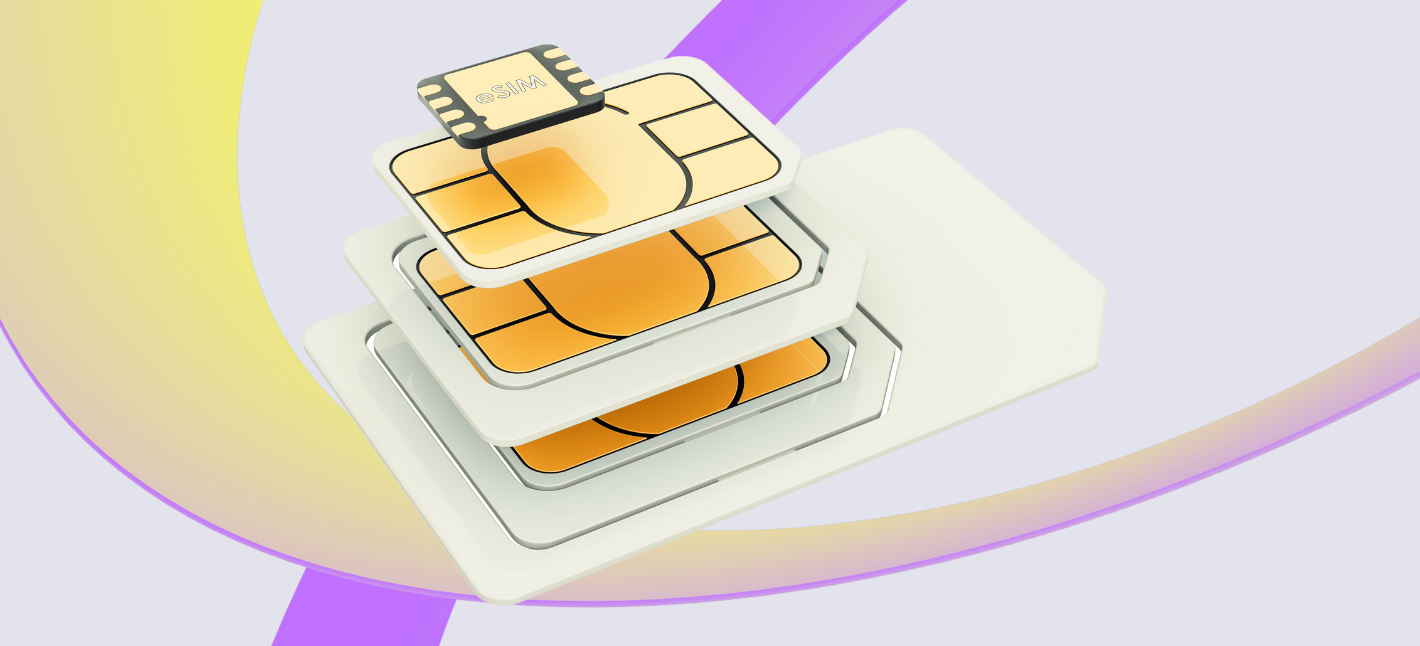IoT Glossary by Freeeway AG
Quick definition: Narrowband IoT
NB-IoT, or Narrowband IoT, is a wireless connectivity standard for the Internet of Things. NB-IoT is among the low-power wide-area networks (LPWAN) that are most suitable for IoT applications with smaller data exchange, low bandwidth needs, and extensive battery life.
What is NB-IoT used for?
NB-IoT can be used for a wide variety of applications. However, certain key characteristics of Narrowband IoT make it more suitable for particular needs, such as:
- Low power consumption:
NB-IoT is a fit for low-power applications and devices. NB-IoT is well-suited for power-saving applications where battery-powered devices need a longer runtime.
- Wide area coverage:
NB-IoT covers a wide range that allows many devices to connect over an extended distance. Relying on cellular networks, it has good infrastructure accessibility and can connect to remote locations as well.
- In-door penetration:
NB-IoT has a decent penetration capability and, as such, can connect with IoT devices that are indoors inside homes or buildings. Furthermore, it can even penetrate underground areas too, making it an ideal fit for indoors, outdoors, or underground applications.
- Lower implementation cost:
From hardware cost to connectivity charges, NB-IoT is a pocket-friendly choice for even large-scale IoT applications. Therefore, NB-IoT can be used for any such IoT applications where the solution has the mentioned needs or constraints.
How does narrowband IoT work?
NB-IoT is a wireless connectivity standard designed to connect IoT devices and operate them through mobile carrier networks. NB-IoT’s use of low bandwidth signals is what separates NB-IoT from cellular technologies like GSM and LTE. NB-IoT operates as a subset of LTE and has the lower bandwidth of a single narrowband of 200kHz. Therefore, NB-IoT is quite suitable for IoT applications where small bits of data have to be shared frequently, as there are no duty cycle limitations.
Is LoRaWAN a narrowband?
The answer is no. LoRaWAN (Long Range Wide Area Network) is not a narrowband like NB-IoT as it operates on globally unlicensed sub-GHz frequencies that are wider than those used by licensed NB-IoT. However, it is quite close to NB-IoT in terms of characteristics such as lower data rate, wide coverage, low power consumption, and so on.
What is LTE-M? LTE-M vs. NB-IoT
Just like NB-IoT, LTE-M also leverages the LTE network and offers similar capabilities for low-power and long-range IoT applications. However, there are several differences between LTE-M and NB-IoT, as given below:
- Bandwidth and data rates:
LTE-M provides higher bandwidth and higher data rates compared to NB-IoT.
- Power consumption:
NB-IoT offers ultra-low power consumption for IoT applications. In contrast, LTE-M consumes more power.
- Indoor penetration and wide range:
NB-IoT outperforms LTE-M when it comes to indoor penetration and wider communication range.
What are examples of narrowband IoT devices?
There are different long-range IoT applications where NB-IoT is a popular choice among system architects:
- Smart metering
- Smart metering solutions for cities
- Smart metering solutions for cities
- Smart buildings with sensors, alarms, and security devices
- IoT street lights with remote control
- Locations tracking solutions to track objects and humans on-premise
- NB-IoT waste management solutions
- Test
- test 2
Need NB-IoT connectivity for your smart devices?
Your form entry has been saved and a unique link has been created which you can access to resume this form.
Enter your email address to receive the link via email. Alternatively, you can copy and save the link below.
Please note, this link should not be shared and will expire in 30 days, afterwards your form entry will be deleted.




